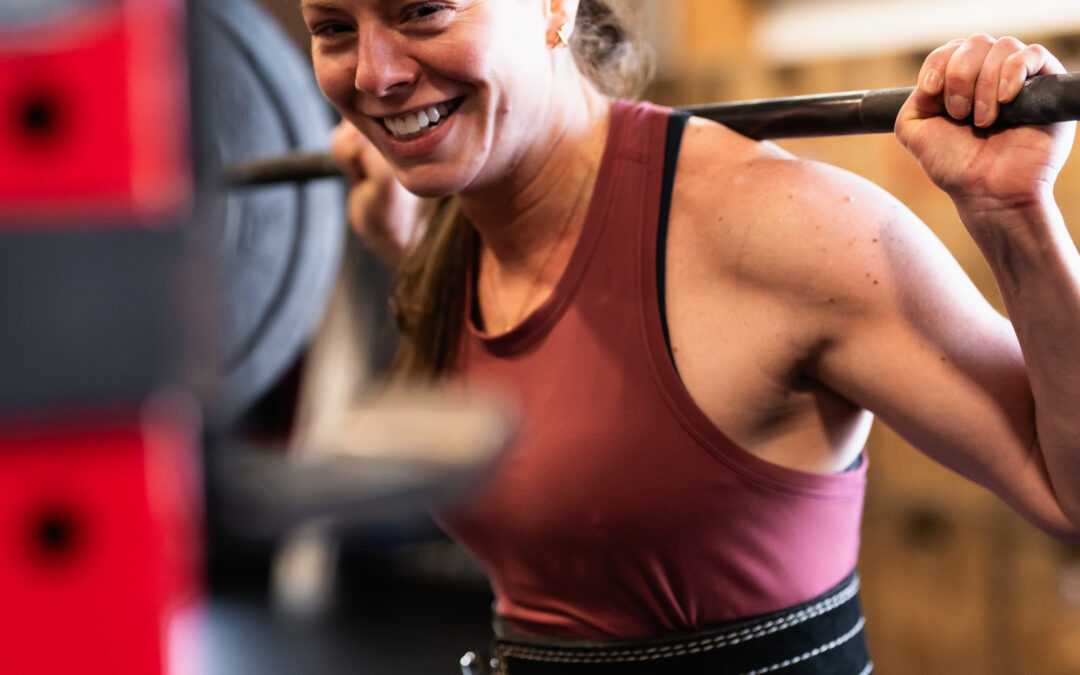In today’s training world, we’ve got gadgets and gear for just about everything—knee sleeves, wrist wraps, toe spacers, minimalist shoes, special mouthpieces—you name it. But ironically, the one piece of equipment that gets abused the most is also one of the most beneficial when used the right way: the lifting belt.
Before lifting belts became a staple in the gym, they were used by laborers—coal miners, blacksmiths, and dockworkers—to protect their backs during heavy physical work. These belts were about durability and function. As strongman competitions grew in popularity in the early 1900s, belts started being used for feats of strength and became symbols of power. By the 1920s, Olympic weightlifting was becoming more formalized, and belts were purpose-built to help athletes create intra-abdominal pressure and stabilize the spine during heavy lifts. The powerlifting boom of the 1960s through the 1980s brought us the stiff, thick belts we know today—designed to boost performance, not just offer protection.
Fast forward to today, and belts are everywhere. What was once used only for max-effort lifts is now thrown on the second someone touches a barbell—regardless of what’s being lifted or how much effort is being given. That’s why at Black Flag, we follow a simple principle: don’t wear your belt until you’re lifting at or above 80% of your one-rep max. We call it the 80% Rule.
If you’re lifting under 80%, leave the belt in your bag. This is your opportunity to train what actually matters—learning how to brace your core, build trunk control, and stabilize under load without external support. Belts are meant to support and reinforce what you’ve already developed—not make up for weaknesses. If your foundation isn’t solid, no belt in the world is going to fix that.
Your ability to lift safely and effectively over time relies on your deep core musculature—your transverse abdominis, multifidus, diaphragm, pelvic floor—all working together to create internal pressure and maintain stability. This is how you protect your spine and move force efficiently. If you rely on the belt too early or too often, you’re bypassing the development of those muscles. You’re taking a shortcut. And like most shortcuts, it catches up to you—with weaker bracing, inefficient patterns, and a higher risk of injury in the long run.
This isn’t just coach-speak—it’s backed by science. Dr. Stuart McGill, a world-renowned spine researcher, has shown that learning to brace properly without a belt is key to building spinal stability and reducing injury risk. Zink et al. (2001) found that lifting with a belt changes muscle activation patterns, potentially reducing the engagement of key stabilizers. Kibler, Press, and Sciascia (2006) emphasized the importance of trunk stability in generating power and preventing injury in athletes. And Hodges & Richardson (1996) discovered that individuals with low back pain often have delayed activation in their deep core muscles—showing just how important this stuff is. (You can check out the studies here, here, here, and here).
That said, once you’re lifting at or above 80% of your max, the belt becomes a great tool. It reinforces your brace, helps generate even more intra-abdominal pressure, and supports your spine under high-load efforts—especially when the margin for error is slim. But again, it should enhance the strength you’ve built, not compensate for what you skipped.
So why stick to the 80% Rule? Because it helps you build a stronger, more stable core. You move better, reduce your risk of injury, become more confident under the bar, and stop relying on gear to do the work for you. In short: you become a better lifter.
A lifting belt isn’t a magic fix or shortcut. It’s just one tool in your training toolbox. Use it wisely—not mindlessly. Respect the 80% Rule and you’ll build strength that lasts, not just strength that shows up for a single PR. If you’ve got questions about bracing, core training, or when to strap in, reach out. We’ve got your back—belt or no belt.
Yours In Fitness,
CSCS | CFL3 | Fitness Specialist | Biomechanics Specialist | USAWL1
“Take care of your body. It’s the only place you have to live.”
Owner/Head Coach – Black Flag Athletics

